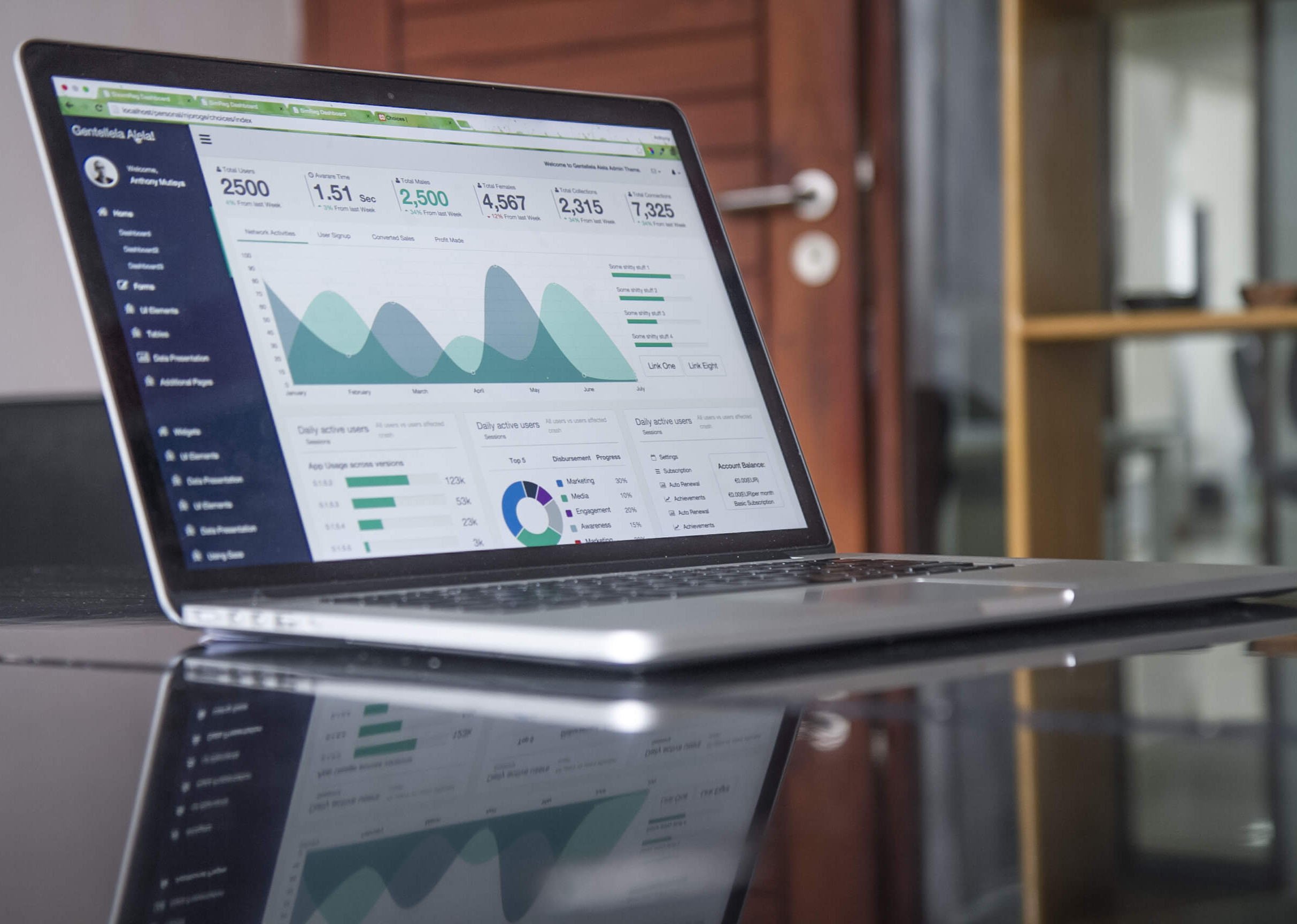Career Transition: How Can A Business Analyst Become A Data Scientist?
/In the past, the terms Data Scientist and Business Analyst were used interchangeably. In reality, for smaller firms, the two roles may be merged given the overlap of duties/responsibilities. However, in the recent times, it has become clear that the roles of a business analyst differ from that of a data scientist.
Companies over time, have become increasingly reliant on the insights drawn from data analysis by data scientists. There is also a corresponding increase in the use of systems to crunch data and predict trends.
So, what’s the difference between the Business Analyst and Data Scientist role, one wonders?
While the role of both players is improving business operations in general, business analysts and data scientists use different mechanisms to achieve their respective end goals.
Business Analysis – Concept and Definition
Business Analysts enable change in organizations by identifying business needs and recommending solutions with the potential to deliver value to stakeholders. In general, the business analysis profession focuses on recognizing the needs of the business and seeking solutions to business problems on all scales. Business analysis is a combination of the methods and techniques used to recommend improvements to the business.
Business analysis involves seeking to understand exactly how the organization functions to fulfill its purposes and activities. BAs are also involved in defining the capabilities the company needs to provide products and services to stakeholders both inside and outside the company.
One inevitably needs to understand how organizational goals align with specific objectives.
Who Is A Business Analyst?
Let’s imagine you have a property (land) on which you wish to construct a home. You would typically require external/expert services such as that provided by an architect. The architect would inquire about the basics of the plan. He/she would raise the required questions, for instance:
What is your budget?
What kind of house design do you have in mind?
How many rooms including bedrooms, bathrooms, kitchen and living rooms do you desire?
What is the garage and parking space you want?
The list doesn’t end here; he/she might have many other follow-on questions lined up.
Based on your answers, the architect would then come up with architectural plans (blueprints) to get your approval, and further approach the builders for the approximate cost of constructing a house based on the plan. He/she will ensure that the final architectural plan aligns with your original plans.
The business analyst’s profile is a bit like that of an architect; the only difference is, while the architect provides recommendations on building properties, a business analyst provides recommendations on process improvement, software and solution design, with the aim of solving business problems. Instead of drawing out architectural plans, a business analyst seeks out 'requirements' that single out the needs of the business.
While the daily activities of the business are underway, the BA is expected to be hands-on to deal with any arising questions or issues, and assist the company in executing the necessary changes that are required to build an efficient and effective process/system, which further helps the company reach its ultimate goal.
However, in this day and age, the needs of a company - small or big - are changing. The human capabilities to spot trends and solve problems proactively is somehow falling short, and businesses require a more advanced method of forecasting and supporting business and organizational goals.
With industry tends such as big data providing a platform for improved decision-making and problem solving, business analysts should look towards complementing their skill sets with data science skills, as an alternative career path. The question remains, however: What does it take for a BA to become a Data Scientist?
Let’s start with the basics:
What Is Data Science?
Key activities in data science include algorithm development, data inference and technological know-how. As complicated as these may sound, at the core of the whole exercise is data. Data science provides approaches for decoding data and finding ways to add value to the business.
Taking a Data Science Course can help reveal a company's unforeseeable risk factors, predict future numbers and company value based on current and past business patterns and trends. Data Science is no rocket science; it is a methodological process. For example, to predict future product demands, Procter and Gamble's data analysts use time series models; this helps in comprehending consumer behaviour along with the boons and bane of increasing production scale.
"Discovery of data insights" is about delving into the numbers to decode trends, patterns, customer behaviour and inferences that may otherwise not be visible. It revolves around deciphering unknown insights to help organizations make informed decisions.
Another aspect of data science that might pique your interest is that Netflix uses movie viewing patterns to understand what their viewers want to see. Based on the results of this analysis, Netflix is able to understand which kinds of movies to produce, in what we now call "Netflix Originals."
What Does A Data Scientist Do?
A data scientist develops the algorithms/statistics, and does the crunching of numbers on data variables. The job description of a data scientist involves assisting organizations to make informed decisions based on the findings gleaned from data analysis activities. A data scientist's skills inevitably include analyzing data and mapping out actionable ways to grow a business.
Data scientists usually are mathematical geniuses holding a bachelor’s degree in disciplines such as data science, computer science, economics and statistics, to mention a few degrees. Their work also involves a solid understanding of statistics and the application of inferential methods, logic and practical business strategies.
In summary, professionals with a data science certification have a much higher technical expertise and know-how especially in computer programming, systems engineering, algorithm workings and statistics. You can also explore the average salary for data scientists here.
With an increasing need for Data Analysts in the industry, Business Analysts may consider making a career transition to a Data Scientist role. If you're a Business Analyst, you're already at an advantage in comparison to other professions. You probably already have a deep-rooted understanding of the workings of the industry. You may also be aware of the spreadsheets and tools that Data Scientists use to get their work done. Crunching data is just one aspect of the job. Conversing with managerial employees and other key stakeholders are other aspects of the job. Great communication skills will make your job a lot more effective and easier in this regard.
So, if you’re a BA looking to move to a Data Scientist role, here are some tips to explore:
1. Get your statistical knowledge up-to-date
Data science needs a mind of maths, especially statistics, so if it’s been a while since your grad-level statistical course, make sure you get a refresher.
2. Get yourself enrolled in a detailed course on machine learning and algorithms
Understand how it works and how it is going to help you in your new endeavour. If you don't know the basics of AI, you're lagging behind, but the good news is, you can get up to speed relatively easily. Machine learning and algorithm know-how drive much of the data analysis happening today.
3. Learn to code
If you're not adept in coding, it’s time to learn. If you have basic coding experience, take your skill set to a data scientist's level with a relevant coding language. Data scientists who can code their way into building their systems and algorithms are rare and valuable, though this skill is not a pre-requisite to entering the field.
4. Get some practical knowledge on the side
Whether this implies working on your mini-project in your spare time or putting together a side project at your current job, a resume with real-world experience goes a long way. Moreover, firsthand experience will teach you aspects of the role you may not be familiar with. It will reveal the gap between theoretical knowledge and real world practice, thus training you better for a full-time job as a Data Scientist.
5. Join the forum
You're not going to be aware of industry trends from a world away. Join popular forums and websites on data science to help you stay on top of new trends and ideas. This way, you're not going to be the new kid at the table for long. It's best to start somewhere.
The stark difference between Business Analysts and Data Scientists is that one possesses complete knowledge of the business and its goals while the other applies data science techniques to foresee business trends. Business Analysts who are able to learn data science skills are certainly positioned to stay ahead of the pack.











The financial health of a business is its lifeblood. Every decision, from small operational costs to large-scale investments, hinges on the company's ability to maintain financial stability. In today’s competitive business environment, the ability to make informed financial decisions is more crucial than ever.